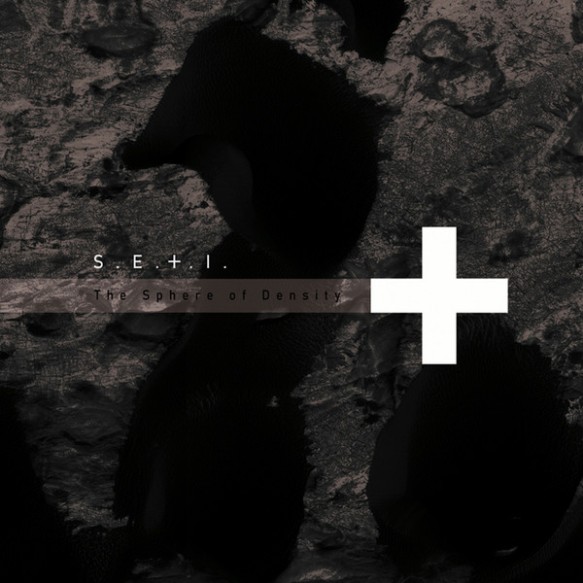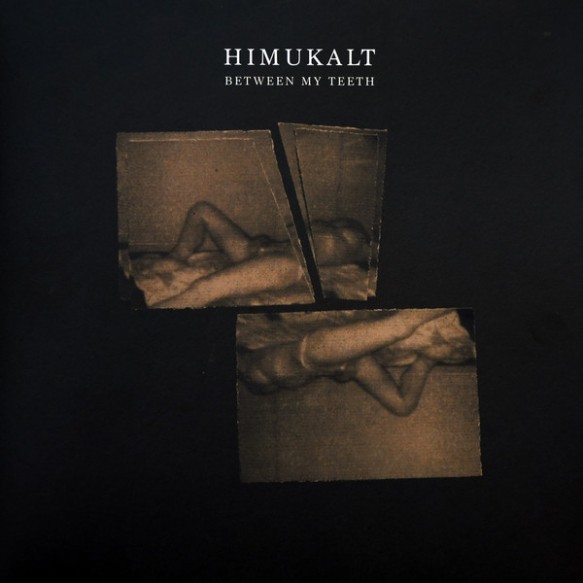Smell & Quim – Pushy Gothic Gnome Versus Charity Techno Gnome CD Chondritic Sound 2020
Smell & Quim – Bulls Penis Soup CD Total Black 2021
The longstanding English group Smell & Quim has always held a special place in the underground based on their uniquely bizarre, nasty, and twisted oddball noise. Here we have two recent CD reissues from the group. The first is a remastered version of an ultra-limited tape from 1998 (Pushy Gothic Gnome Versus Charity Techno Gnome). The second is a current-era recording (Bulls Penis Soup), originally issued on an 11” lathe EP, now reissued on CD with an additional 30 minutes of material.
Pushy Gothic Gnome Versus Charity Techno Gnome is a two-track affair, both untitled and both nearing 30 minutes in length. The first track plays out as an elongated abstract ritual-industrial-noise affair, but the high-pitched treated vocals (emulating that of a gnome?!) and the tinkling of child’s toy instruments make for a wacky effect. The murky and echoed track lurches slowly forwards, with loose rhythmic elements, random funky bass lines, radio frequency distortion, and some general chaotic clatter thrown in for disorienting impact. The second track features more intensely layered soundscape murk, including cascading and crumble tones, creaking metal, more radio frequency static, and all manner of other random sonic junk thrown in for good measure. There is definite flow and elevation of intensity as the track slowly surges forward, but from mid-track a throbbing rhythm and hollowed-out tone is introduced which comes to characterise the back half of the track. Being an example of solidly murky industrial noise of a darker vein, with little in the way of humorous relief. As a final comment on the reissue, extra ‘WTF’ points are given for the cover image showing a gnome wearing an Amish hat and Grey Wolves t-shirt.
Jumping forwards some 23 years to Bull Penis Soup, not much has changed in the Smell & Quim camp and time has not wearied their approach to blending smutty humour with free-form noise. But of immediate note is the actual recordings themselves, which are clearer and louder, amplifying the loose sonic chaos, and highlighting a shorter and more direct approach to composing distinct tracks. Loose noise outbursts and repeated vocal lines of the opening track I Couldn’t Shoot My Muck quickly gives way to the free-form title track based on free-form kit drumming and erupting sonic commotion. The brilliantly titled I’ll Kick Your Fucking Cock Off is chaotic bliss, featuring an incessant fire alarm, interjecting vocals, and the random passage of a militant snare while someone chants: “NONCE – NONCE – NONCE – NONCE”. Bizarrely great. We Will Fuck You In The Arse follows and is another excellent cut of militant-tinged rhythm and choppy noise, complemented with a lyrical monologue revolving around the premise that Smell & Quim are indeed: ‘an arse fucking band. We fuck arses’ (and includes the specific namechecking of current members each being ‘arse fuckers’ – including more recent member Kate Fear). Another piece of bizarre brilliance. Mouth To Cock Resuscitation is perhaps where the Smell & Quim train careens off the tracks for me, as the rudimentary disco beat is a (ahem) flaccid accompaniment to the fierce needling noise – or could this be an intentional snide nod to late-era Consumer Electronics?! Who knows?! There are two extra bonus tracks. Filthy Cunts functions more as a free-form workout of blown-out noise and semi-buried tribal percussive thrum. The final track is Once Upon A Time in Memphis: a mellow instrumental drum kit-driven percussive piece that gives way to a rising tide of panned pulsing noise.
It is perhaps an obvious statement that Smell & Quim are an acquired taste, appealing to those who like their noise dark yet humorously bizarre, thus these CDs clearly sate the appetite for more of their special brand of underground industrial noise weirdness. While neither release is better than the other, and each has its own character and charm, you will already know if these are to your taste.













